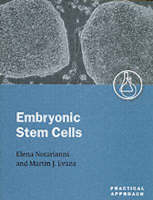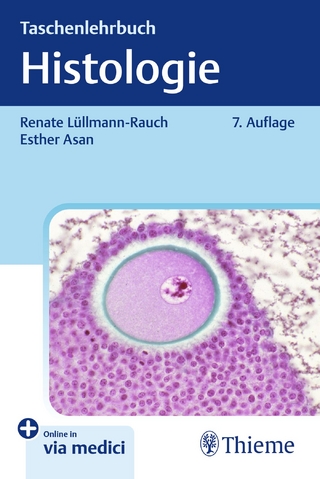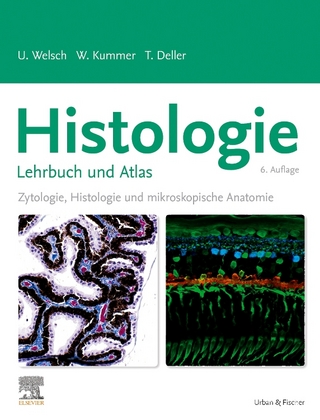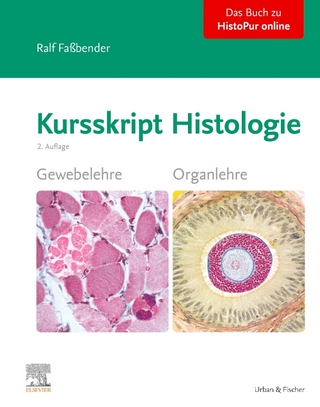
Embryonic Stem Cells
Oxford University Press (Verlag)
978-0-19-855001-3 (ISBN)
- Titel ist leider vergriffen;
keine Neuauflage - Artikel merken
The groundbreaking isolation of embryonic stem cells (or 'ES cells') of the mouse in the early 1980s triggered a sustained expansion of global research into their exploitation. This led to the routine genetic engineering of the mouse and revolutionised our understanding of biological processes in the context of the whole animal. ES cell biology remains a crucial and growing area of research with far-reaching implications for developmental and comparative biology as
well as for human health.
This book serves as a primer to ES cells, their derivation and experimental manipulation. It contains a broad compendium of methods of direct relevance to both graduate students and specialist researchers. An introductory chapter by the principle originator of ES cell research outlines the fundamentals and charts the development of the field. This is followed by comprehensive coverage of state-of-the art techniques for ES cell manipulation, with the mouse as the experimental paradigm, and by
recent innovations with ES cells from human and non-human primates. ES cell-based therapies for otherwise intractable diseases are now being developed with the present challenge to control ES cell growth and differentiation for applications such as cell transplantation - a recurrent theme in this book.
As a volume in the Practical Approach Series, the emphasis is on current methods from recognised experts.
Dr. Elena Notarianni graduated in Biochemistry from Oxford University, and gained a PhD in Virology from Glasgow University. She then joined Professor Evans's laboratory in Cambridge University, and derived ES cells from ungulate species. This work lead to the recognition that ES cells from ungulates differ from those of the mouse in their growth and morphology, as was shown subsequently also for human ES cells. Elena Notarianni continues to work on techniques for ES cell isolation, and on mechanisms of differentiation. Professor Sir Martin Evans graduated from Cambridge University, and gained a PhD at University College, London. Studying teratocarcinoma stem cells of the mouse he was the first person to successfully maintain these cells in culture so that their ability to differentiate was indefinitely retained. Together with Matt Kaufman, he was able to isolate the equivalent cells from mouse embryos, so-called embryonic stem (ES) cells: a landmark achievement in the field. Foundations for the nascent ES cell-based technologies were then rapidly established in his laboratory. Martin Evans is a Fellow of the Royal Society and a founder Fellow of the Academy of Medical Sciences; and has received many awards in recognition of his contribution as a principle originator of ES-cell research.
Preface ; 1 Introduction ; 2. Procedures for deriving ES cell lines from the mouse ; 3. Production of ES cell-derived mice ; 4. Generating animal models of human mitochondrial genetic disease using mouse ES cells ; 5. Controlling the differentiation of mouse ES cells in vitro ; 6. In vitro differentiation of mouse ES cells into muscle cells ; 7. In vitro differentiation of mouse ES cells into haematopoietic cells ; 8. Lineage selection and transplantation of mouse ES cell-derived neural precursors ; 9. In vitro differentiation of mouse ES cells into pancreatic and hepatic cells ; 10. Isolation and characterisation of human ES cells ; 11. Differentiation of human ES cells ; 12. ES cell lines from the cynomolgus monkey (Macaca fascicularis) ; Index
| Erscheint lt. Verlag | 4.5.2006 |
|---|---|
| Reihe/Serie | Practical Approach Series ; 270 |
| Zusatzinfo | 16 colour plates, 31 halftones, numerous tables and line drawings |
| Verlagsort | Oxford |
| Sprache | englisch |
| Maße | 189 x 246 mm |
| Gewicht | 832 g |
| Themenwelt | Studium ► 1. Studienabschnitt (Vorklinik) ► Histologie / Embryologie |
| Naturwissenschaften ► Biologie ► Genetik / Molekularbiologie | |
| Naturwissenschaften ► Biologie ► Zoologie | |
| Technik ► Medizintechnik | |
| Technik ► Umwelttechnik / Biotechnologie | |
| ISBN-10 | 0-19-855001-4 / 0198550014 |
| ISBN-13 | 978-0-19-855001-3 / 9780198550013 |
| Zustand | Neuware |
| Haben Sie eine Frage zum Produkt? |
aus dem Bereich


